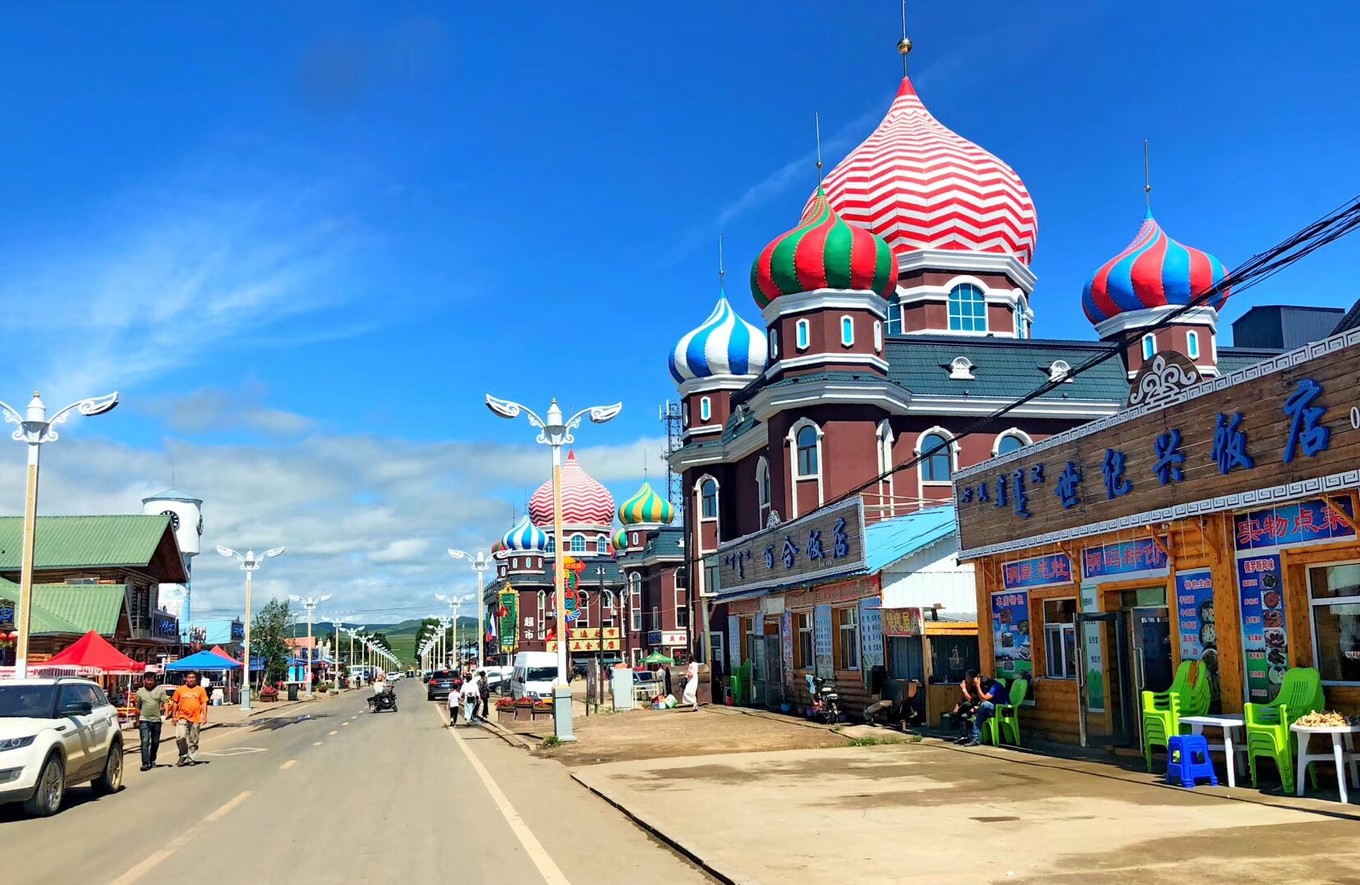Overview
Chinese Name: 俄罗斯族
English Name: The Russian nationality
Languages: Russian language 俄罗斯语, Chinese 汉语
Total population: 1.5*104 (China mainland 2022)
Distribution: Xinjiang, Heilongjiang, Inner Mongolia, etc.

Brief introduction
Russian nationality 俄罗斯族, one of the fifty-six nationalities of the Chinese nation, generally speaks Russian, Chinese and other languages. In society, the Russians speak Chinese and use Chinese, and in the family, they speak Russian and use Russian when interacting with their own ethnic group.
Chinese Russians are descendants of Russian immigrants. After a hundred years of assimilation, their appearance, appearance, customs and habits have become different from Russian Russians and gradually formed their own national characteristics.
The Russians are scattered in Xinjiang, Inner Mongolia, Heilongjiang, Beijing and other places, mainly concentrated in the northwestern Xinjiang Uygur Autonomous Region 新疆维吾尔自治区, northern Heilongjiang 黑龙江 and Hulunbuir City 呼伦贝尔市 in the northeastern Inner Mongolia Autonomous Region 内蒙古自治区. The main Russian festivals are Christmas and Easter.

The history of the Russian nationality
The Russians in China mainly immigrated from Russia, and some stayed in China as prisoners of war during the heyday of the Qing Dynasty 清朝. In addition, a large number of Russian farmers moved into China because of the Russian invasion. Today, the Russians living in China are the descendants of these people.
The religion of the Russian nationality
Most Russians believe in the Eastern Orthodox Church 东正教 and a few believe in Christianity. The elderly of the Russian ethnic group in China has a deep belief in the Orthodox Church, and most of the young generation celebrate the festivals according to the Orthodox Christian tradition, but most do not read the Bible or pray.
The Cultures of the Russian nationality
The rituals of the Russian nationality 俄罗斯族的礼仪
The Russians are a nation that pays great attention to civilized etiquette, which is reflected in all aspects of daily communication. Blessing others is an essential part of their daily life. The Russians attach great importance to family and friendship. There is close contact between relatives and friends, and family gatherings are often held. When visiting other people’s homes, the Russians’ code of conduct is to act only after the owner’s permission.

Greeting guests with bread and salt is the most solemn traditional etiquette of the Russians, which symbolizes goodwill and friendship. At the same time, guests must cut a piece of bread and eat it with a pinch of salt before entering the house. In the past, this etiquette was only used to welcome VIPs and brides, and now it is also used on general social occasions. Moreover, during a dinner party, used knives and forks should be placed on the edge of the plate. If they are placed on the tablecloth, it will be regarded as an unhygienic faux pas.
The architecture of the Russian nationality 俄罗斯族的建筑
Most of the traditional Russian houses are tall and spacious bungalows with brick and wood structures, and there are also houses with single wood structures. The roof has skylights to adjust the indoor temperature and air circulation. The house is divided into the living room, living room, kitchen, etc. Most of them are built with fire walls for heating.

The diet of the Russian nationality 俄罗斯族的饮食
The staple food of the Russians is wheat bread, which is mostly a long loaf that cracks in the middle during baking. Slice it into slices and spread it with jam or cream while eating. non-staple foods include various vegetables, fish, meat, dairy products, etc.
Russian men like to drink vodka and homemade beer. Due to the long-term exchanges with other ethnic groups, noodles, steamed buns, dumplings, etc. have also become home-cooked meals for Russians. Many Russians are used to using bowls and chopsticks. Housewives are good at baking all kinds of sweet and delicious bread and cookies.

The costume of the Russian nationality 俄罗斯族的服饰
In the traditional Russian costume, men usually wear linen shirts and woollen tops with diagonal collars, belts, slender trousers and long leather boots. Women often wear burlap shirts with pleated necklines or a homemade woollen skirt. Wear more dresses in summer. Rural residents mostly wear rubber goloshes over leather boots, and in winter they wear felt boots and socks woven from self-spun wool.

The ban of the Russian nationality 俄罗斯族的禁忌
When interacting with ethnic Russians, the matter of the Friday and the number 13 must bear in mind, which they consider an ominous day. In addition, Russians believe that yellow means disloyalty, so giving yellow gifts is not welcome. Moreover, It is also taboo to ask a woman’s age.

The crafts of the Russian nationality 俄罗斯族的工艺
The unique style of Russian ethnic handicrafts. For example, the matryoshka doll is famous for its exquisite workmanship and unique shape. The carving technology is developed, from practical bed rails, chair back carvings, and building carvings, to metal, jade, wood and other handicraft carvings, all of which have a strong national style. In addition, Russian women are good at embroidery and weaving and are skilled, especially good at embroidering cross stitch.
